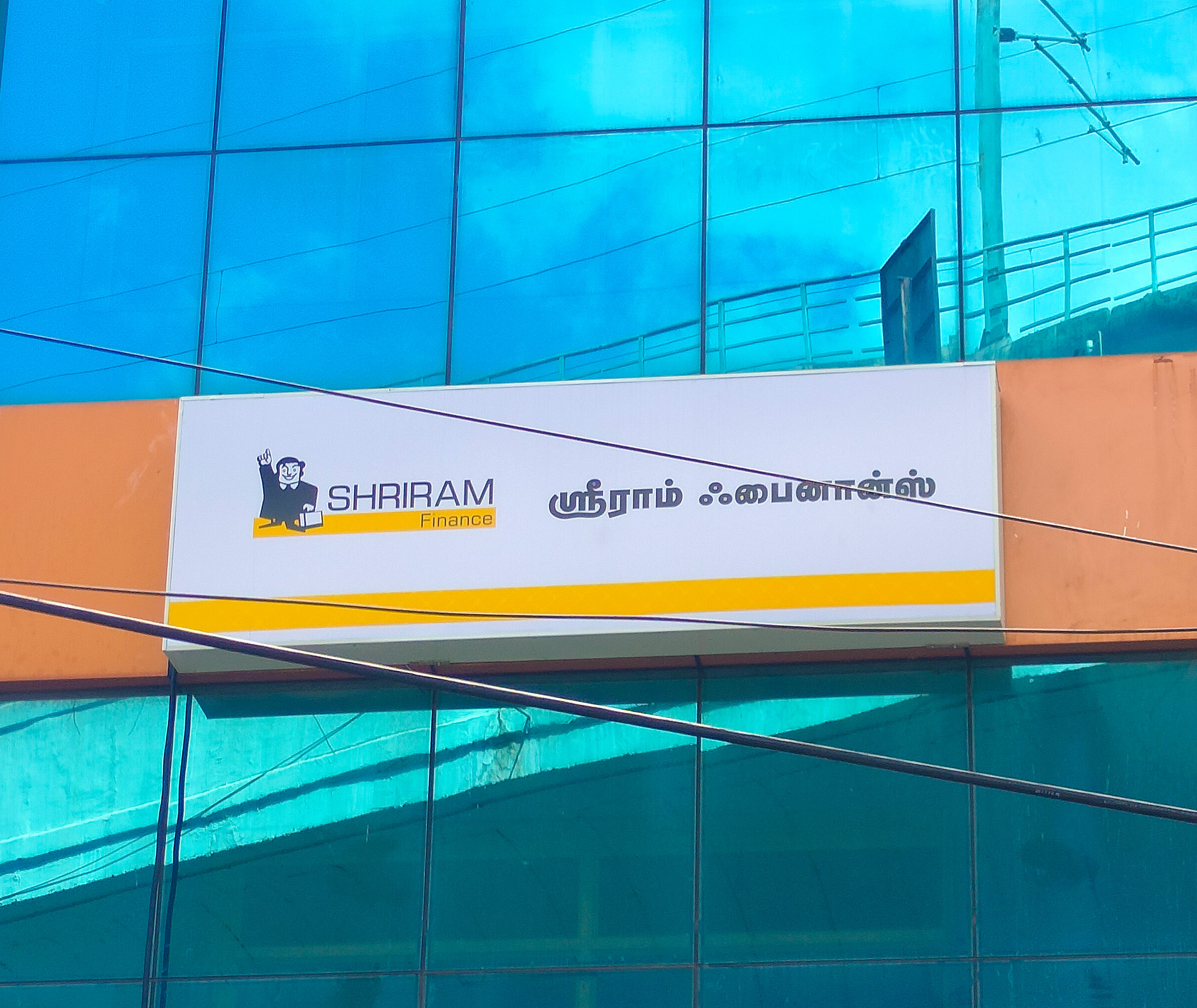Rumi Chakraborty | December 2, 2022
Shriram Transport Finance Company Ltd., India’s largest vehicle loan lender, will hike interest rates in the next quarter due to rising borrowing costs and lower returns on lending.
”The cost of borrowing is up by 10 basis points (bps) in the second quarter and is expected to increase by another 8-10 bps in the coming quarter of the current financial year,” said Diana Monterio, DVP Corporate Communications of Shriram Group. “We will pass on rate hikes to the customers,” she added. Monterio declined to disclose the exact number by which they will increase the interest rates.
The difference between loan growth and deposit growth widened by 700 bps compared with a year ago, according to the Reserve Bank of India’s (RBI) report on Banking Business Growth, published in September 2022. This reflects a steep rise in the loan-to-deposit ratio. It is used to measure a bank’s liquidity by comparing its total loans to its total deposits for the same period. The rise in the loan-to deposit ratio means it will be expensive for Non-Banking Financial Companies (NBFC) to borrow in the next two quarters.
This comes ahead of the RBI’s monetary policy meeting to fix repo rates, scheduled between December 5-7 this year. Interest rates are expected to rise in the coming monetary policy meeting, which will be passed on to all NBFCs and their customers, said Dhiraj Nim, an economist and strategist with the international research firm, ANZ AU Equity.
The RBI has increased repo rates four times this year to 5.9 percent by 190 bps. Periodic interest rate changes by the RBI have resulted in shrinking liquidity and the increasing cost of funding across financial intermediaries like NBFCs, said a sector update report titled “Leveraged Financials” by HDFC Securities from October 2022. “Followed by the rising repo rates, the cost of borrowing for NBFCs has incrementally gone up by 100-130 bps since the beginning of this financial year,” said Krishnan AVP, Senior Vice-President and Analyst at HDFC Securities Ltd.
Increasing borrowing rates prompt the NBFCs to negotiate a higher rate with the borrower. The interest rates of vehicle loans, which usually have a five to-seven-year term, cannot be increased easily during disbursements, compared to long-term loans.
“Vehicle loan lenders suffer the most from the rising cost of borrowings as they cannot reprice it at a faster rate, compared to housing loans or business loans,” said Parth Desai, an analyst at Motilal Oswal Financial Services who tracks the banking sector.

